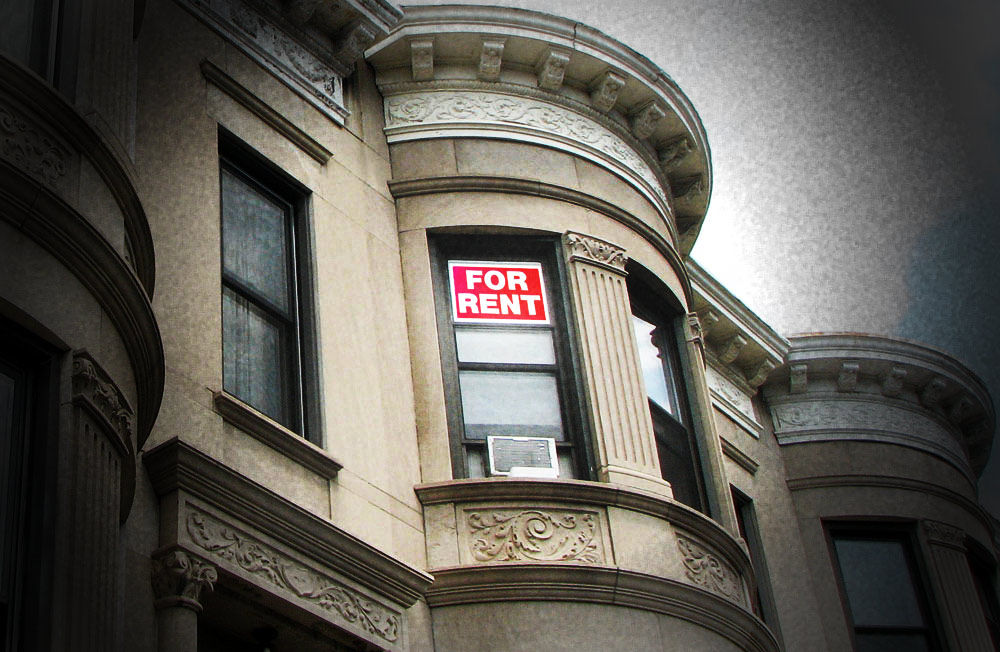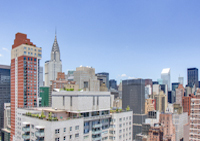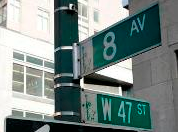
Tenants of rent-regulated apartments in New York City will soon have to write out larger checks to their landlords—the Rent Guidelines Board recently approved an increase of at least 4 percent in the rents of the million or so people who currently live in rent-regulated apartments across the city. Starting October 1st, one-year leases for rent-regulated apartments will see a rent increase of 4 percent, while two-year leases will see a rent increase of 7.75 percent.
As expected, tenants and their advocates have decried the rent hikes, and landlords have welcomed it, although some of them say that the new prices still aren’t enough to cover up all of their increased expenses. After all, the Rent Guidelines Board this year didn’t approve the so-called “poor tax,” which would have allowed landlords to impose additional charges on rent-regulated tenants who pay less than $1,000 a month in rent.
This increase in rents for rent-regulated apartments comes despite three of the city’s mayoral contenders—Council Speaker Christine Quinn, Public Advocate Bill de Blasio and City Comptroller John Liu—making pleas to the Rent Guidelines Board to put a freeze on rent hikes. In their defense, though, the Board was put in a tough situation—as board president Jonathan Kimmel put it, they had to choose between the struggle of “the marginal owner” and that of “the poor tenant.”
Kimmel told the Wall Street Journal that the Rent Guidelines Board was “a blunt instrument that cannot solve these issues,” and that real solutions in the tenant-versus-landlord struggle had to come from the legislature. After all, the cost of living in New York City has increased substantially, and this rise in expenses affects everyone—including landlords of rent-regulated apartments. So, from their standpoint, these hikes are necessary—but it is the tenants who have to ultimately bear the brunt.





